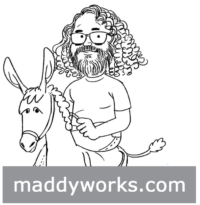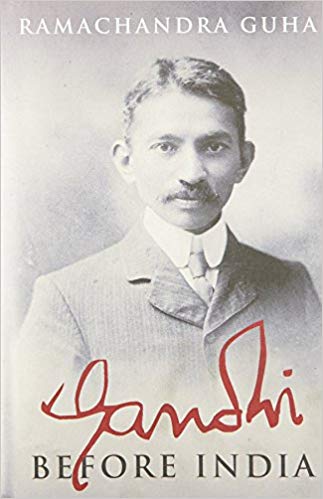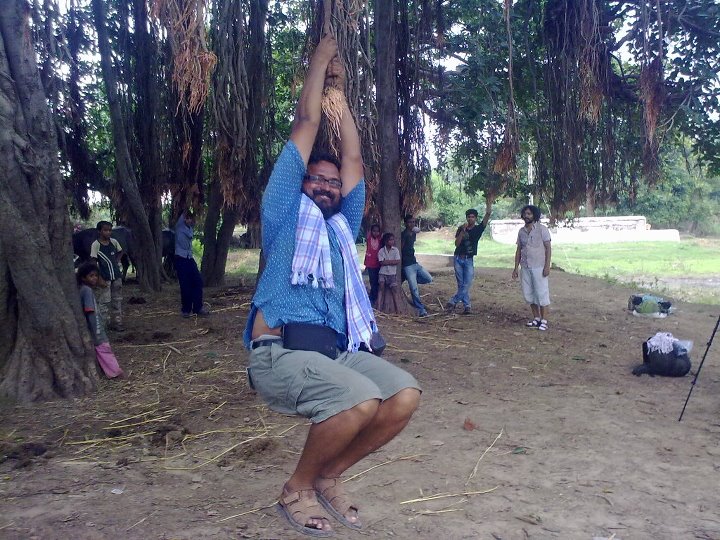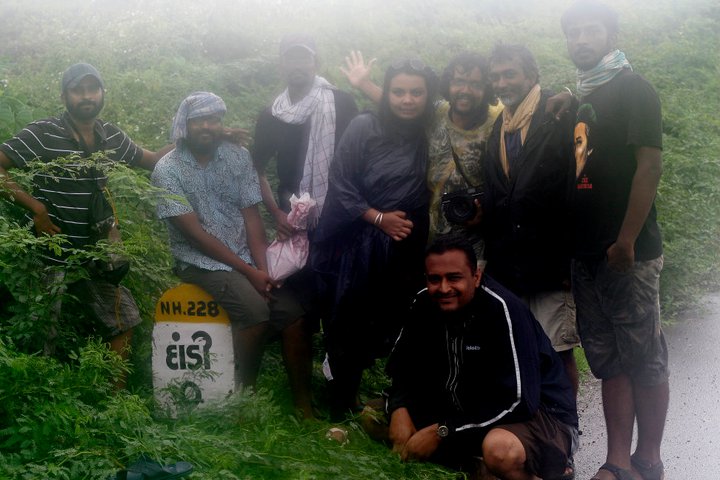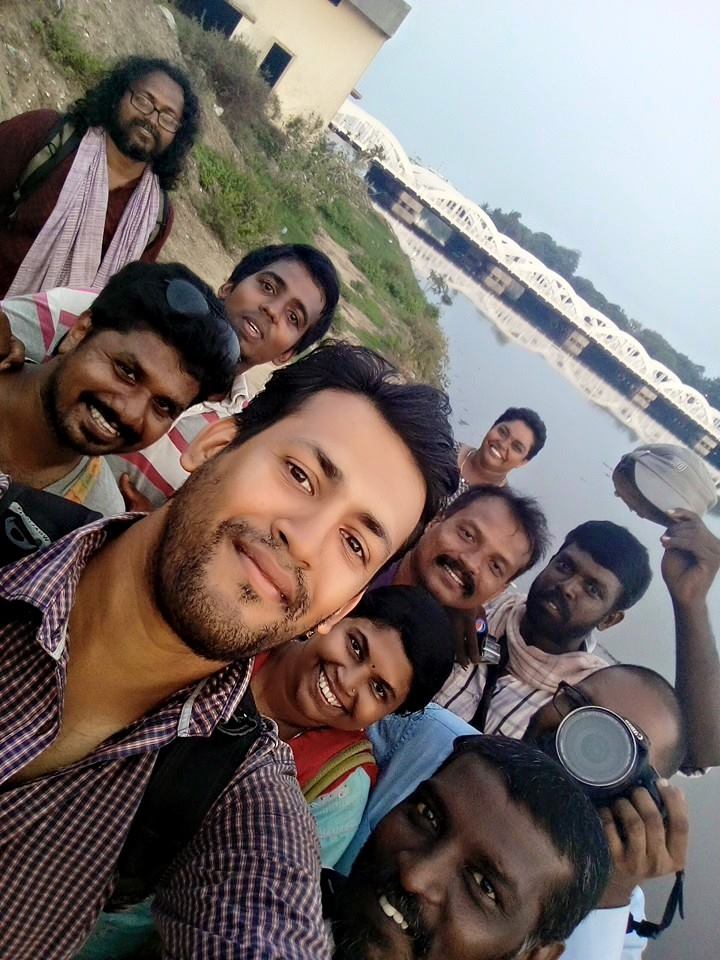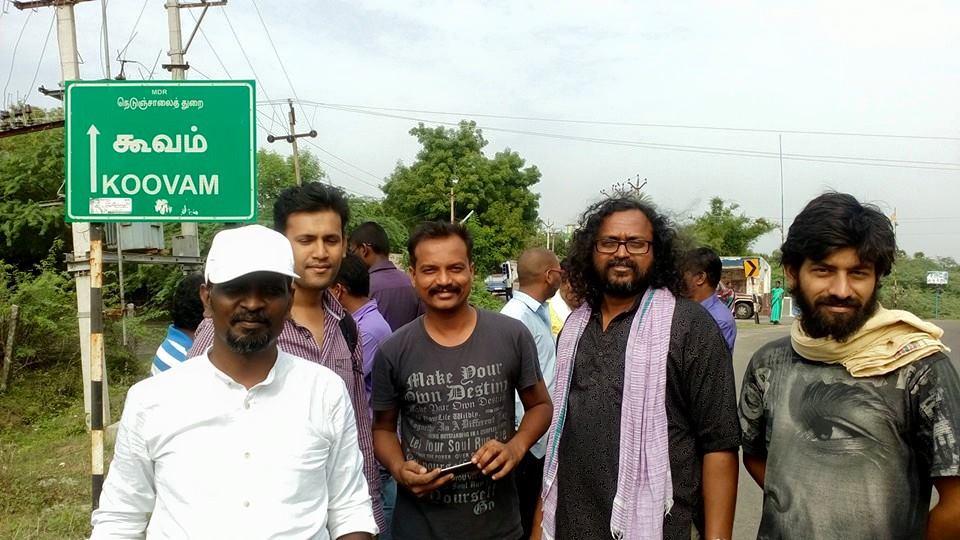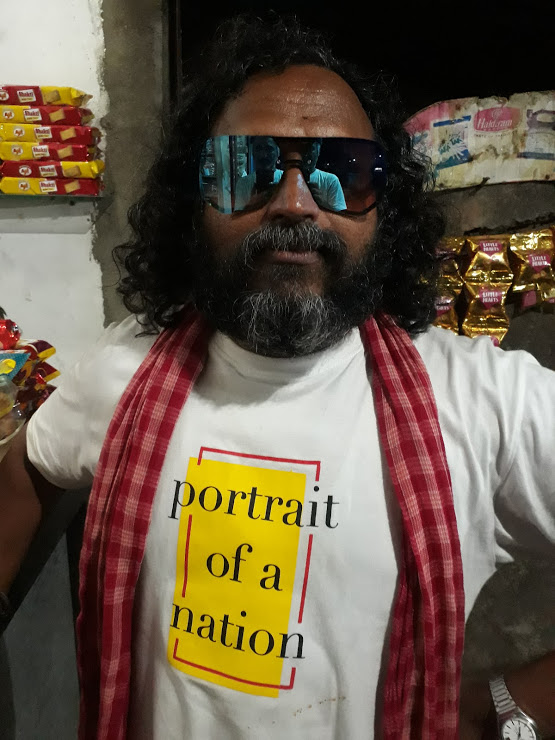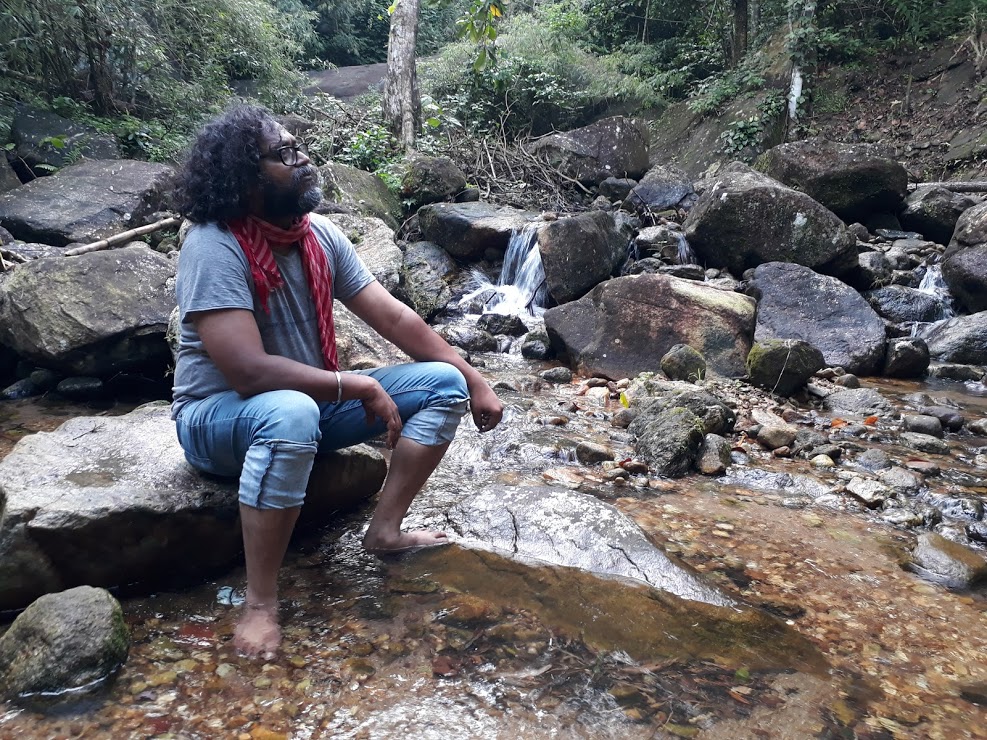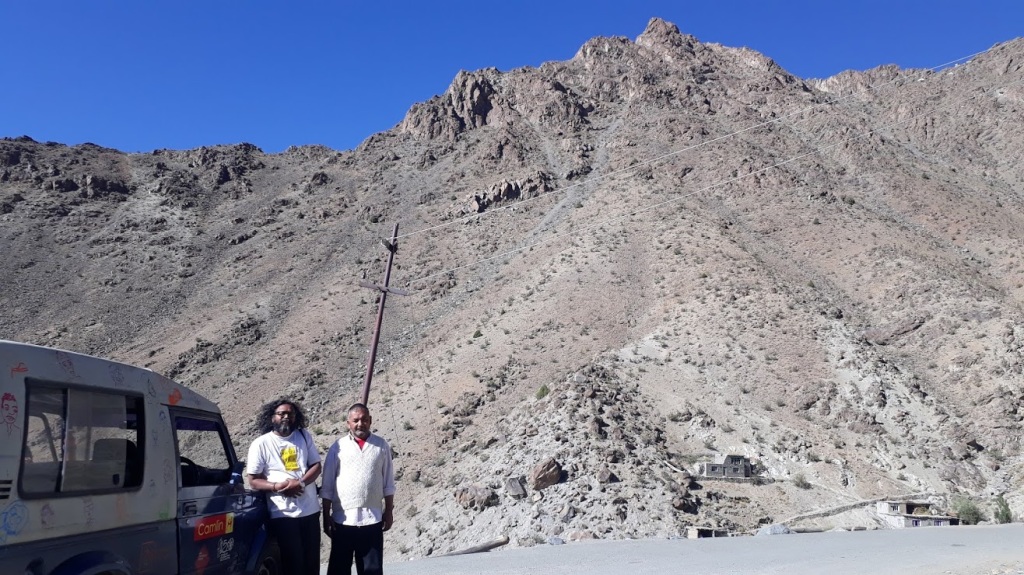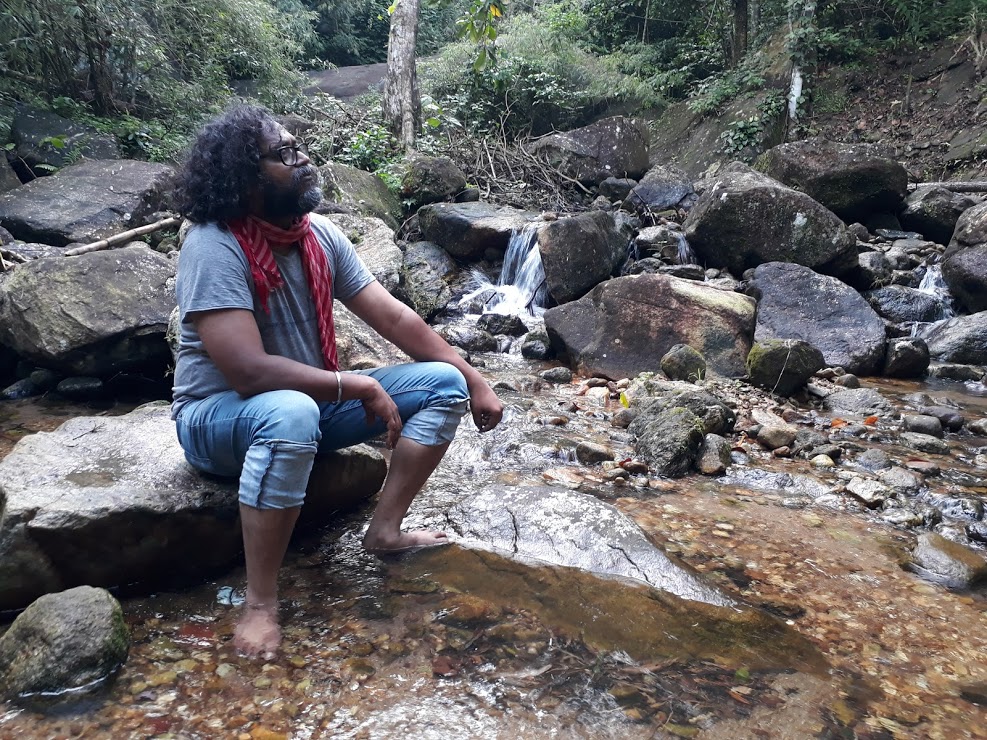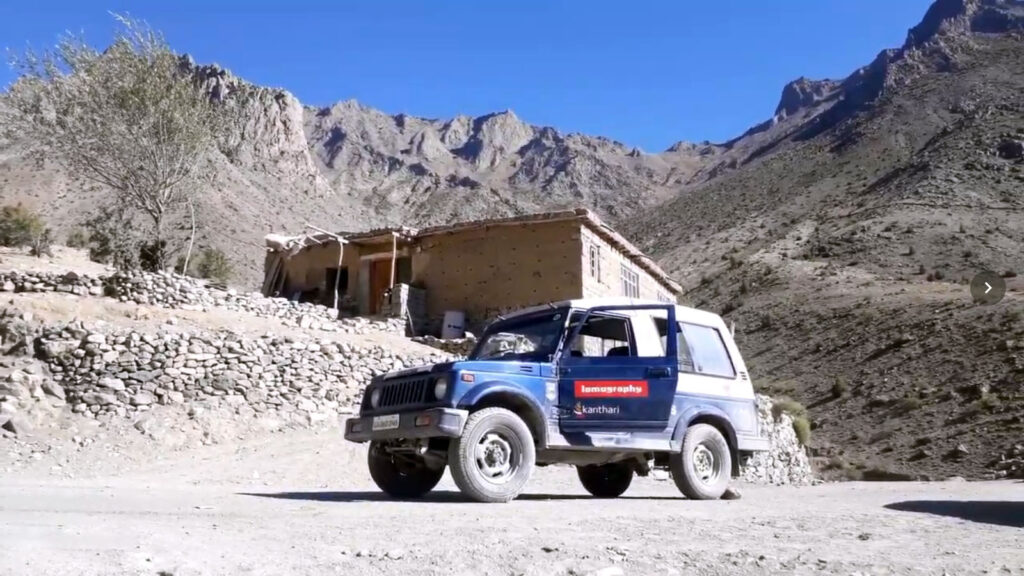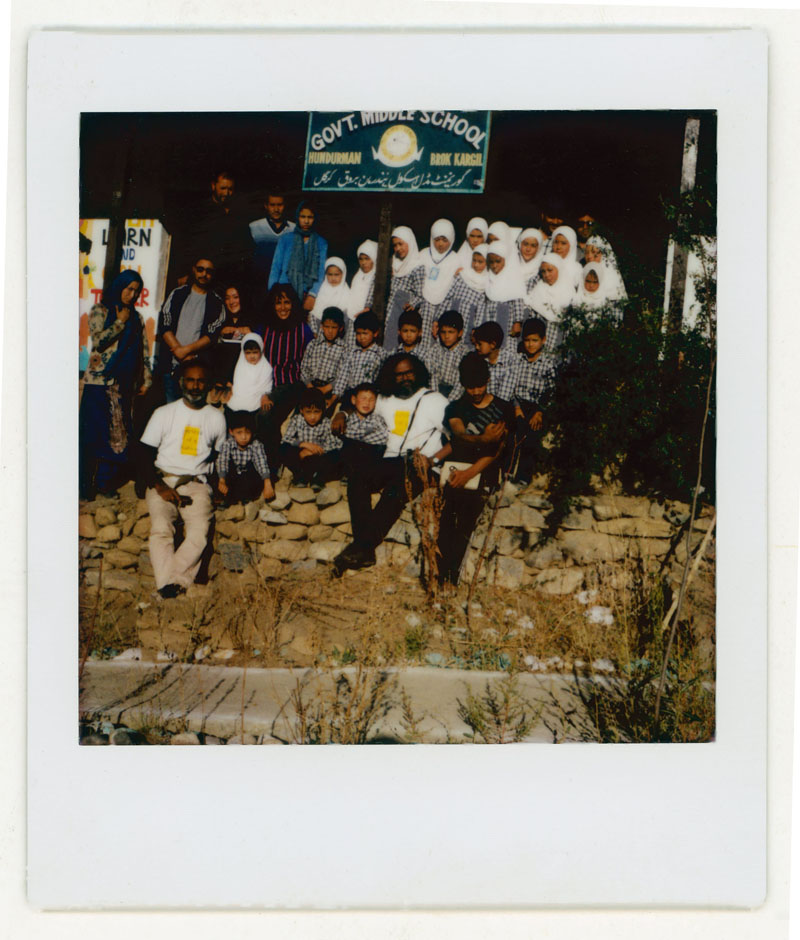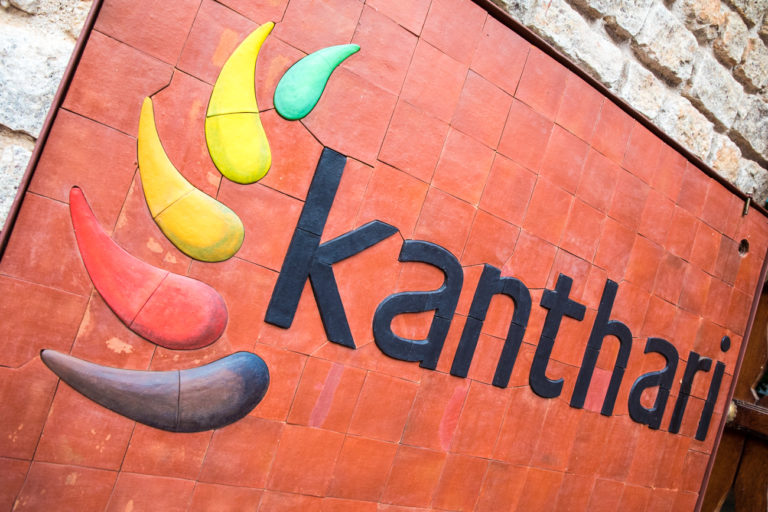Travel is the language of peace
Mahatma Gandhi
It was 1982, I was 7 years old, and studying maybe 2nd or 3rd class in Seshasayee Paper and Boards, a school in Erode District in Tamil Nadu. I have a vague memory of one rainy day. when our teacher took the entire class to a movie. I can’t recall the name of the movie, and have no idea about what the film was, its language, its relevance and why they took us to that movie.
But it was fun as not attending class is always enjoyable!
The only scene that I remember from that movie was, one thin, old man with a long stick, walking very fast on the road with many thousands people following. I don’t know why I remember that scene, maybe it was funny, the way that old man walked, or maybe dress that he was wearing or the color of the film or maybe that old man’s round spectacle. I don’t know.
I never tried to explore it further, it stayed for a long time with me, without any meaning.
Like other students in India, I was introduced to Gandhi through the textbooks. I memorize the history, dates, names, and some stories, never explored to understand the concepts, historical importance, and significance. It was also not required.
As I grew up, I saw many Sound and Light shows in various Gandhi Museums. They all had elements of entertaining, music, sound, and the moving Images but were devoid of details or substance about the theory, idea, and philosophy of Gandhi or the importance of freedom.
On one of his (Gandhi) birthday on 2nd October, I watched the epic film Gandhi, a film by Richard Attenborough on Doordarshan National channel. The film was nominated for Academy Awards in eleven categories, winning eight, including Best Picture and Best Director for Attenborough, Best Actor for Ben Kingsley, and Best Screenplay for John Richard Briley. Historically, Richard Attenborough’s film was full of distortions, omissions, additions and out of sequence events. It created a new myth and new way of interpretations of history. Still, it is a highly enjoyable and an original movie that dramatizes our Father of nation’s life and the story of Indian freedom struggle.
After watch Gandhi movie, I could recall the scene that was in childhood memory; The Salt March, also known as the Salt Satyagraha, The Namak Satyagrah, Dandi March and the Dandi Satyagraha, was an act of nonviolent civil disobedience to break the salt laws.
The endless information and competing perspectives available about Gandhi today on books, television, radio, film, newspaper, magazines and other media, created more questions than an answer for me.
The questions are not on Gandhi’s thoughts but how I would adopt his thoughts into my projects?
I am inspired by Gandhi because of his writings and writings on him. The books which shaped my thoughts on him are either written by Gandhi himself , ‘My experiment with truth’, or books by other authors like Thomas Weber ‘On the Salt March’, Gandhi before India by Ramachandra Guha. All these books created a very good understanding of Gandhi’s thoughts, his actions, and experiments.
For me, Gandhi is important because his thoughts are about ethics, social and political ideology which are systematic, meaningful, and applicable Philosophies. Gandhi like Socrates embarked on a whole new perspective of achieving practical results through the application of philosophy in our daily lives.
Gandhian thoughts are similar to History, there is not anyone view, which can change with time and in accordance with the beliefs of those bringing history to the public. The philosophy is relaxed, innovative, and stress & guilt-free. Furthermore, his character of experimenting with failure, suited me because I have lots of failure around me.
I like to associate with Gandhi’s principles and design and create all my projects based on his thoughts and actions, for example The Salt Print was inspired by Dandi march the historic 387 km walk from Sabarmati to Dandi.
The Dandi March is considered to be the most significant event in contemporary Indian political history. The Salt March gave the world the idea of the use of non-violence in politics. It brought empowerment, it told people that they were stronger than they thought. Salt Satyagraha, was not only to defy the salt laws, but also to unite people for the common, larger goal of attaining Swaraj. The march produced some concrete success. For the first time, women played an important part. Although women had been excluded from marching, Gandhi made more and more references to the role of women in social revolution to ensure that the free India of the future was a better India.
In 2013, I created and curated a contemporary artists’ march titled “THE SALT PRINTS” intending to retrace, recreate and to understand the significance of salt and walking. This project also allowed me to explore and realize the strength and joy that comes from slowing down.
By slowing down, the world slows down with me. I suddenly started to see more clearly, and understand the purpose with greater wisdom. This also enabled an atmosphere for interaction & connection with people and created a sense of belonging and a better exploring of geography.
After the success of the first experience of walking and slowing with the guidance of Gandhian thoughts, I started to experiment with my own space and created the project WALK ALONG THE RIVER. the project is an artistic, social project initiated to bring all genres of art and social media together to experience the Cooum river ecosystem; its interaction with the landscape and the relationship between river and people.
The Walk started on 21st July 2015 in the early morning hours from Cooum village, Tiruvallur district, Tamil Nadu and ended in the Bay of Bengal, south of the Fort St George, just below the Napier Bridge. It took 10 days to cover 105 km.
I could not attain what Gandhi achieved by Dandi March in 1930, but it has created a small conversation among the people, media, and government about the river eco-system and the importance of keeping the water healthy.
In continuation with the philosophy of traveling and connecting with people, cultures, and diversity, I traveled 10,000 km in Maruti Gypsy around India from Kanyakumari to Kargil. The project titled Portrait of a nation was initiated with the aim to meet people, hear their stories, life experiences, and gain wisdom. During these 40 days of travel, I attempted to capture and document the complexity of the diversity of India through portraits of people.
I witnessed care, courage, and compassion during this exhausting journey which confirmed my belief that “Everything and every individual in this world is beautiful”
I am traveling, the search is still on and Gandhi is my constant companion.
I am growing old, and thoughts about Gandhi are maturing. Till today I don’t consider myself to have fully understood the richness of Gandhian experiments and the resultant perspectives however, by adapting to ensemble his thoughts in my projects, I feel I am starting to understand the Mahātmā in Me.
